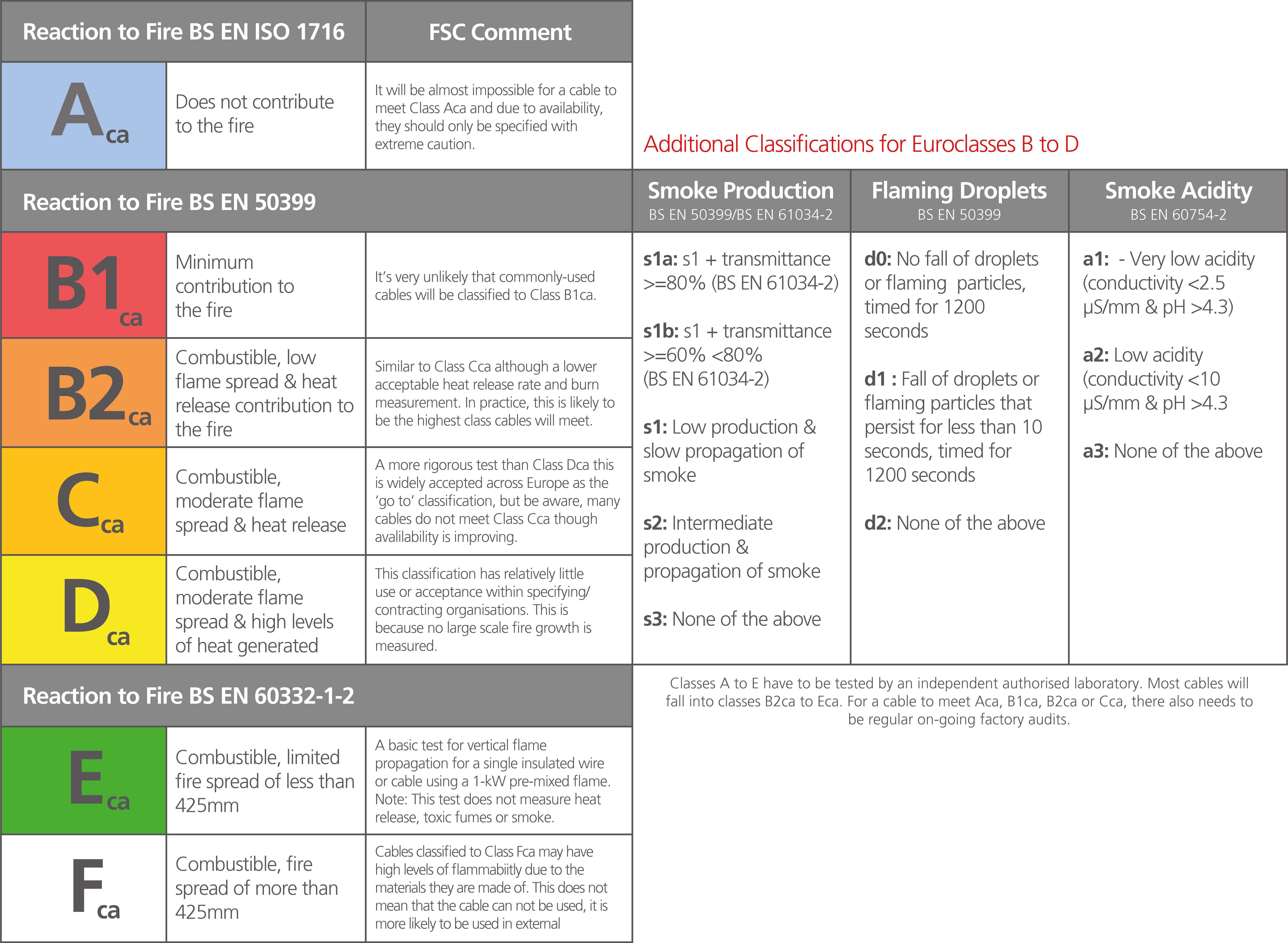Posted 25 January 2021
What is CPR?
What
a minefield cable specification is. Specifiers and installers have our sympathies.
Most cables designed for permanent installation within domestic, residential, public and commercial buildings are subject to the Construction Products Regulation (CPR), covered by BS EN 50575. This is a legal requirement so it's important you understand how to stay compliant. BS EN 50575 enables designers and installers to consider the contribution that cables make to the spread of fire. Cables are a particular concern as they run between rooms and floors, above ceilings and are often made from flammable materials. They can also be a source of ignition if badly installed, damaged or faulty.
Is CPR a legal requirement?
CPR became a legal requirement in July 2017. For relevant classified products, suppliers will now need to provide a Declaration of Performance (DoP), showing critical information such as manufacturer’s name, product type and class met.
Some suppliers may choose to supply this with the product but it is vital that the cable is labelled to give a route to obtaining a DoP. The regulation specifies that the information must be available from the manufacturer for up to 10 years from the date of purchase. You need to know what is expected from your cable supplier – without the DoP you cannot be certain that you are buying a CPR compliant product.
Who is affected?
In short, anyone who is involved in the sale and purchase of cable will be affected by CPR. Suppliers (manufacturers, wholesalers, and distributors) will have to declare the fire performance of a relevant cable designed for use in buildings. This will be graded from Class Aca to Fca (See Table 1).
In the UK, it has been left to the specifier or installer to follow IET guidelines and decide on which class is most appropriate for the project. However in some parts of Europe, local governments have chosen to stipulate the class of cable that can be used in different types of buildings. For example, a hospital may be exclusively Class Cca whereas a house may be Class Eca.
Table 1: Summary of Euroclass test results for CPR-rated cables

How do I know what class to use and where?
In some parts of Europe, the national regulatory body is defining which class should be used in a specific application; the UK government has not taken this approach. The 18th Edition IET Wiring Regulations July 2018 does not specify Euroclasses for specific applications, however some supplementary standards such as BS 6701:2016+A1:2017 may apply. Specifiers and installers need to ensure the cables they select are appropriate for the fire risks in the building or application and any contractual terms.
How does CPR affect specifying cables?
Some cables, through their design and function, will only pass the lower levels of testing and without significant redesign, these cables are unlikely to meet anything higher than Class Eca. Redesigned cables generally speaking cost more, are more difficult to install, use more material and weigh more. Specifiers may need to take a pragmatic view when selecting cable. One big issue is the cost of testing and meeting the other requirements of conformity which will increase the prices of lower volume cables.
For the most up to date information on CPR and cables, please visit www.fscables.com/cpr





